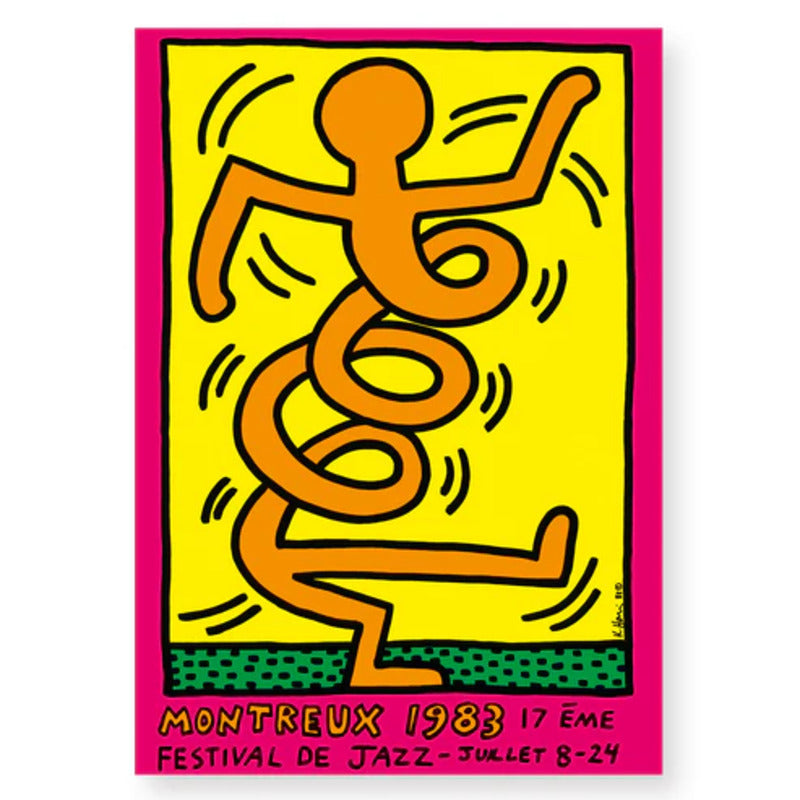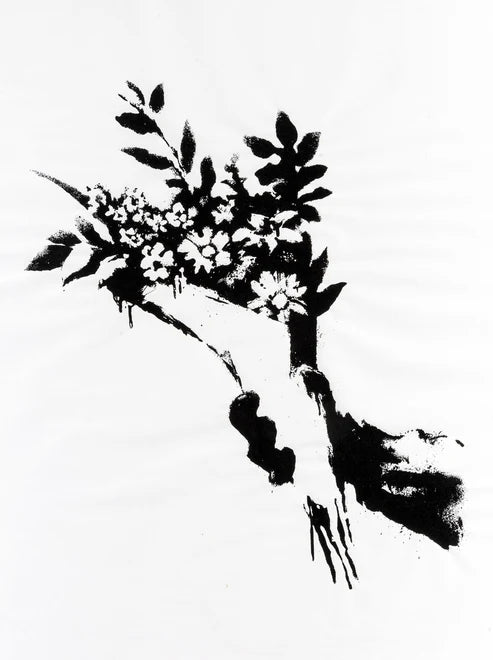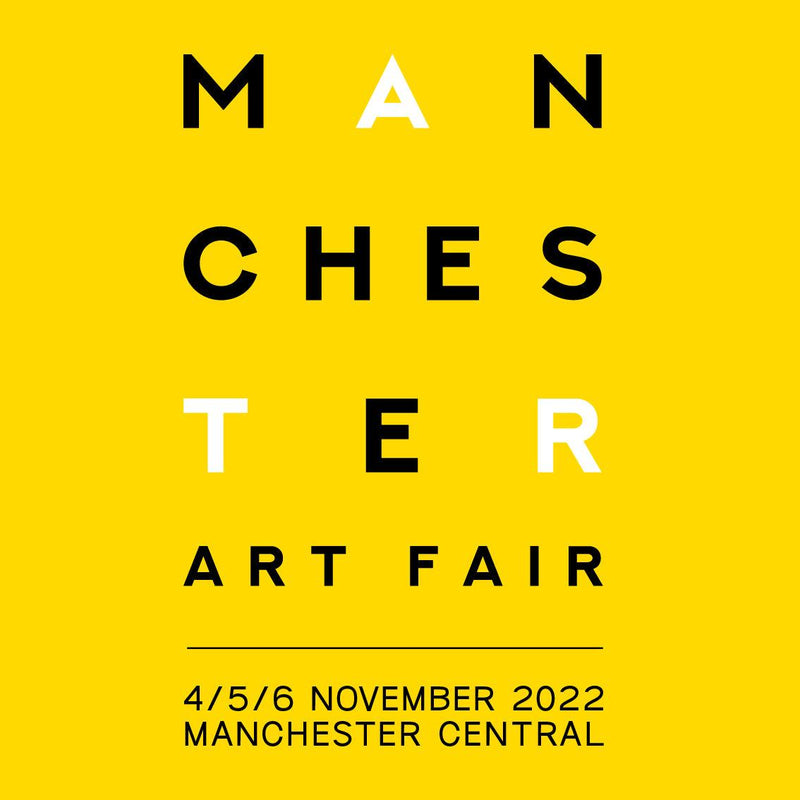
Jamie Reid | The Visual Rebel Behind Punk Art and the Sex Pistols
“Fuck Forever” isn’t just a slogan. The British artist who tore up the rulebook of punk art, and best known as the creative force behind the Sex Pistols’ confrontational visual identity. This is a man who turned the Queen into a punk icon, made ransom-note typography into a revolutionary language, and painted the walls of protest with fire. But Fuck Forever? That’s the true heart of his legacy: creation without permission.
British artist Jamie Reid significantly defined punk. From ransom-note anarchy to royal defacement, Reid’s work with the Sex Pistols reshaped rebellion itself. Dive into his legacy, from Druid mysticism and street protests to Fuck Forever, to Strongroom Studios, and further in legacy.
Explore the life and art of Jamie Reid, the punk icon behind the Sex Pistols’ visuals and the infamous Fuck Forever collage. Discover his biography, radical artworks, and lasting influence on protest art and design.
Jamie Reid Photo Gerard O’Brien © Gerard O’Brien
Born in 1947 in suburban Croydon, Jamie Reid was raised at the crossroads of mysticism and radical politics. His parents were spiritual and socially conscious, his early exposure to Druidic traditions and anti-nuclear marches shaped him long before punk hit the scene.
One of Reid’s first political awakenings came during the Aldermaston march against nuclear weapons. His great uncle, George Watson MacGregor Reid, was a Druid mystic who was once photographed being hauled away from Stonehenge by police during a solstice ceremony.
By the time the world cracked open in 1968, Jamie and college friend Malcolm McLaren were soaking in the revolutionary slogans of the Paris uprisings. Reid’s art consistently provoked the narrow-minded.
God Save the Queen, 1977
Screen print with blind stamp and official Polygram Sex Pistols license stamp
Hand-signed and numbered by the artist
74 x 101.5cm (29.13 x 39.96 in)
Edition of 350
Perhaps the most iconic punk image ever made. Reid pasted the Queen’s portrait with a safety pin through her lips and swastikas in her eyes. The text “God Save the Queen” appears in ransom-cut font over her eyes and mouth, mimicking censorship. It was created to accompany the Sex Pistols’ single of the same name, released during the Queen’s Silver Jubilee. The image was banned by the BBC but became a symbol of rebellion across the UK.
Fuck Forever (Yellow Edition), 1997
Screen print with blind stamp and official Polygram Sex Pistols license stamp
Hand-signed and numbered by the artist
75 x 101 cm (29.52 x 39.76 in)
Edition of 350
First designed for The Great Rock ‘n’ Roll Swindle, this piece screams defiance. It pairs neon colors with a cut-and-paste layout that turns eroticism into subversion. It became one of Reid’s most sought-after works, and is a brutal critique of moral censorship and media hypocrisy.
Pretty Vacant, 2022
Screenprint with blind stamp and official Polygram Sex Pistols license stamp
74 x 101.5 cm (29.13 x 39.96 in)
Hand-signed & numbered, with COA
Edition of 200
A recreation of his original artwork for the Sex Pistols’ single, this piece uses stark black-and-white collage and newspaper clippings to depict a world of apathy and alienation. The style reflects Reid’s enduring critique of conformity, capitalism, and commodified culture.
Monster on Nice Roof, 2022
Four colour screen print on Somerset Tub 310 gsm paper
29.7 x 43 cm (11.69 x 16.92 in)
Hand-signed and numbered by the artist
Edition of 50
Based on drawings from Reid’s unpublished “Cat Book” series, this piece premiered at Somerset House in The Horror Show!. It juxtaposes childlike monsters with suburban rooftops, creating a surreal image of paranoia beneath the mundane. The fluorescent tones and absurdity highlight Reid’s range outside of punk iconography
Jamie Reid’s art was never passive. It screamed, disrupted, mocked, and redefined the role of visual design in political and cultural discourse. From defacing the Queen to co-opting tabloid headlines, Reid turned mass media tools against themselves. Works like Fuck Forever, Pretty Vacant, and God Save the Queen continue to resonate as both collectibles and cultural commentary. For anyone interested in protest, design, or punk history, these prints are more than art—they are manifestos.








